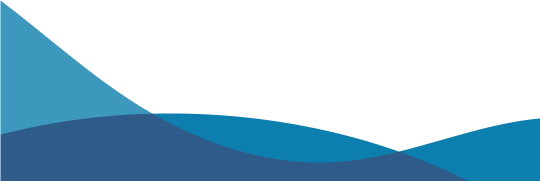For those struggling with high monthly payments in relation to their income, enrolling in an IDR plan could help alleviate the pressure that student loan debt can put on a budget. Let’s take a closer look at the IDR program and how you can apply.
What is Income-Driven Repayment (IDR)?
IDR provides federal borrowers with options other than forbearance when they have trouble making their student loan payments through the government’s traditional repayment plans such as the Standard Repayment Plan, Gradudated Repayment Plan, or Extended Repayment Plan.
Under an IDR plan, monthly payments are typically lower than the payments a borrower would make in the 10-year Standard Repayment Plan. IDR also provides a path to eventual forgiveness after a defined period of repayment, depending on which plan you’re enrolled in, type(s) of loans you have, and the amount of debt you have.
Historically, different IDR plans have used a different formula to set up repayment structures based on a borrower’s adjusted gross income and family size. For more details on IDR plans, visit our Student Loan FAQs page.
Income-Driven Repayment plan eligibility requirements
To understand if you’re eligible for IDR, you will first need to understand what type(s) of federal student loans you have and what your household income is.
If you have parent PLUS loans, you must consolidate them to become eligible for IDR. Learn more about qualifying for student loan forgiveness through IDR here. Also note that borrowers pursuing Public Service Loan Forgiveness (PSLF),1 are typically enrolled in an IDR plan. PSLF is a US government program available exclusively to federal borrowers employed at qualifying nonprofits and government organizations.
Income-Driven Repayment and Public Service Loan Forgiveness (PSLF)
Through PSLF, Federal Direct Loans are forgiven after ten years of payments under a qualifying repayment plan. To be eligible for PSLF, you must:
- be employed by a qualifying nonprofit OR a US government organization at any level (federal, state, local, or tribal) – including US military service.
- work full-time for that agency or organization
- have Federal Direct Loans (or consolidate other federal student loans into a Direct Loan)
- be enrolled in a qualifying repayment plan
- make 120 qualifying payments
While IDR is available to federal borrowers in both the private and public sector, PSLF is exclusively available to a subset of federal borrowers working in government or at qualifying nonprofits. Learn more about the program at studentaid.gov or see our PSLF resources:
How to apply for Income-Driven Repayment
Once you understand your IDR plan options, you can apply through the Student Aid website by following these steps:
You can use the estimator tool within your IDR application to compare payments under different plans or to have your loan servicer pick the right one for you. For more details on applying for IDR, visit our other student loan forgiveness educational resources.
How to maintain your Income-Driven Repayment plan
Once you’ve completed the IDR application process and received confirmation of enrollment, you’ll need to recertify your income each year to remain on the plan and not have a lapse. Your annual recertification will likely fall 12 months after you initially entered your IDR plan, and your student loan servicer should notify you when your time to recertify is coming up. Learn more about annual recertification at https://studentaid.gov/idr/.
Get started: Apply for Income-Driven Repayment
While federal borrowers from a wide range of educational backgrounds and career fields find they qualify for more than one IDR plan, determining which one is right for you requires research, reading the fine print, and staying current on the latest student loan policy developments.
Our dedicated team of student loan specialists stays up-to-date with all repayment and forgiveness programs. For more information about IDR options, schedule a complimentary 30-minute consultation.




